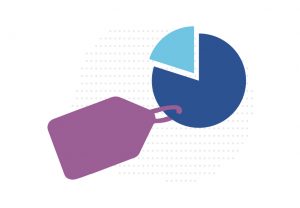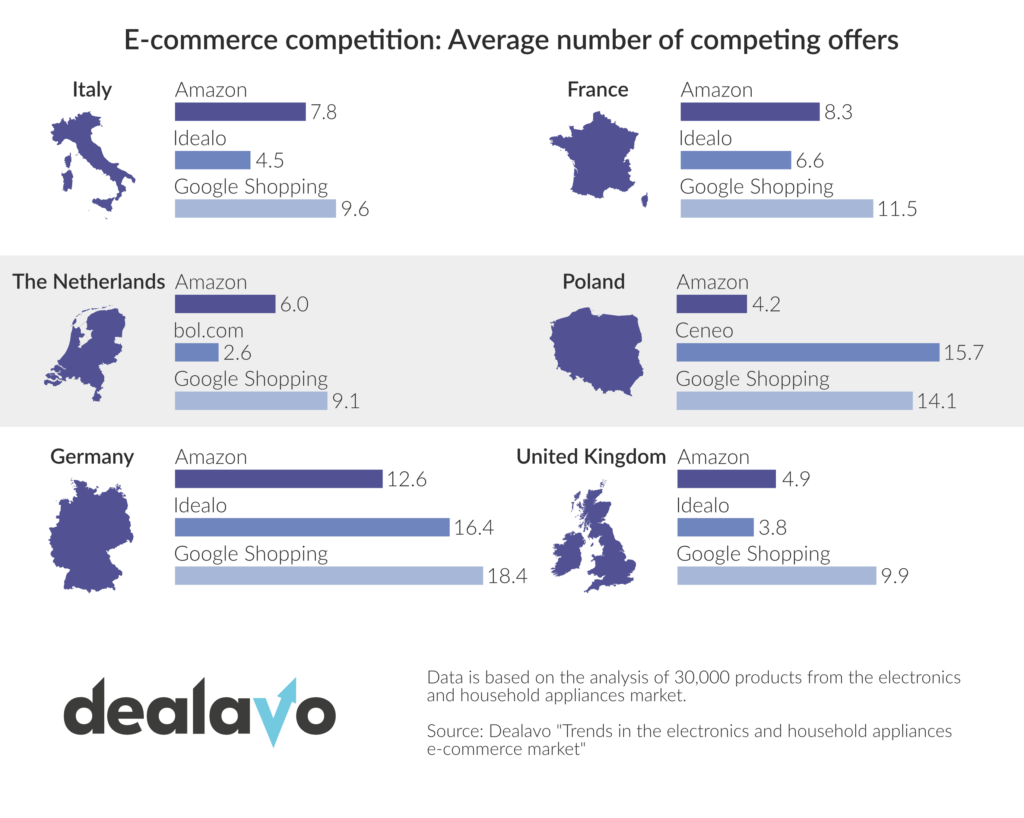
Loss leader pricing – definition and examples
- 08 July 2021
Attracting a customer is a large part of success in retail. Led by this assumption, some companies decided to go with something called loss leader pricing. It’s a pricing strategy where you attract customers to your online store by selling one particular product below profit. However, as you will shortly find out, there are more cons than pros of this strategy. Let’s take a closer look at loss leader pricing.
Imagine you’re browsing the internet and see an offer for a product you have been thinking about and it’s much cheaper than you’d expect. Most likely, you will check the details and even place an order, won’t you? That’s precisely what companies using loss-leading pricing want you to do.
Loss leader pricing
Loss leader pricing or loss leading is a pricing strategy that’s utilized all over the world in almost every sector of retail and e-commerce. The assumption behind this strategy is quite straightforward: Some companies try to lure customers with prices for specific products that are irresistibly low. This way, at least according to their thinking, customers will more eagerly walk in the store (or open the website) and buy more products, including those that have normal prices.
Sometimes even large retail chains use this strategy, especially with the FMCG products in their offer.
Offering products at very low prices in e-commerce is one of the results of the enormous competition in online retail. As we’ve shown in our report about the electronics and household appliances market, the number of competing offers on the most relevant marketplaces can be overwhelming. Some of the stores try to stand out by lowering the prices then – even below the profit level:

What is a loss leader?
Loss leader pricing is usually based on one particular product that’s referred to as a loss leader. This product has but one purpose – to attract as many potential customers as possible. Companies using loss leaders don’t make any money on selling them. Frequently these products even generate loss! How is that profitable? When the loss leader does its job correctly, customers order more products that are no longer so affordable. This way, the store can make up for this loss generated by the loss leader with other products in their offer.
Loss leader examples
We want to show you two different examples of loss leaders. Both of them perfectly illustrate what this pricing strategy is all about. One example comes from the electronics world and one from the motor industry:
PRINTERS
That’s probably one of the most common examples of loss leader pricing. The vast majority of companies producing and selling printers use this strategy, including HP, Canon, and Epson. In this example, the printer is the loss leader, and ink cartridges are products that have to make up for the loss generated by the printer. According to Business Insider, one liter of printer ink can cost you up to 3,000 USD, while the real manufacturing cost usually does not exceed 50 USD[1]. Where does this staggering difference come from? From the loss leader strategy, of course. Companies making printers usually lose money on every printer they sell. Therefore they have to earn that lost profits elsewhere.
If you are interested in how loss-leading works in the printing world, take a look at this video:
CHEVROLET CORVETTE

Image source: https://www.chevrolet.com/performance/corvette/build-and-price/config
According to Wikipedia[2], Chevrolet started using their Corvette as a loss leader back in the 1950s. Today, with the new C8 model, it’s all the same. When C8 was first introduced back in 2019, Chevrolet was losing money on every sub-$80K Corvette C8 sold. According to MotorTrend[3], the original budget for the C8 project assumed a starting price of 79,995 USD. However, the real starting price in 2019 was… 59,995 USD. The difference is significant.
Chevrolet’s idea was to make money on additional options and larger engines (see our psychological pricing piece to find out more about this approach). This means that when you decide to buy an indigent version of the C8 Corvette, Chevrolet won’t make much money on your purchase. But once you do decide to buy a Corvette, you will likely decide to order some extras as well, thus driving up the final price.
Some problems with loss leader pricing
We told you that loss leading entails more cons than pros. With this pricing strategy, you can drive more traffic to the store. And, potentially, more traffic can translate to more sales, but it’s not that simple. Remember that people look for great deals and hate overpaying for products. And websites such as Google Shopping have only made this bargain hunting much easier. This means that you may discover that the loss leader strategy simply does not work in your case, and you lose money instead of making them because the only product you’re selling is the loss leader.
Secondly, you have to know that the strategy where you sell products below profit is illegal in some countries. For instance, it is estimated that in 20 US states, a loss-leading ban applies to all retail products:

Image source: https://www.aeaweb.org/research/loss-leading-bans-retail-competition
Before you even start thinking about this strategy, make sure it’s legal in your country. And finally, you have to acknowledge that using this strategy requires significant financial resources, especially at the beginning of your business. Before you start making money, you’ll probably have to sell some loss leaders with little to no profit at all. Are you ready for such a risky investment?
To sum up, like any other pricing strategy, loss leader pricing can help you make more money and attract more customers, but you have to be aware of potential threats and devise a way to avoid them. And if your goal is to draw more customers to your online store and increase your sales, there are better ways to do so. You can check some hints in our article about multichannel sales.
Dynamic pricing with Dealavo
How to make online store’s pricing more effective? Thanks to our dynamic pricing platform, e-commerce companies can easily change the prices of their products based on a set of predefined rules. For instance, you can choose the “Top 3 on Google Shopping” rule. With this rule, your offer will be included among the first 3 offers on Google Shopping, ensuring good visibility of your products. With dynamic pricing, you simply don’t need the loss leader strategy because you still get great exposure of your offer, but without jeopardizing your profits.
[1] https://www.businessinsider.com/why-printer-ink-so-expensive-2019-8?IR=T
[2] https://en.wikipedia.org/wiki/Loss_leader
[3] https://www.motortrend.com/news/source-chevrolet-corvette-c8-stingray-loss-leader/